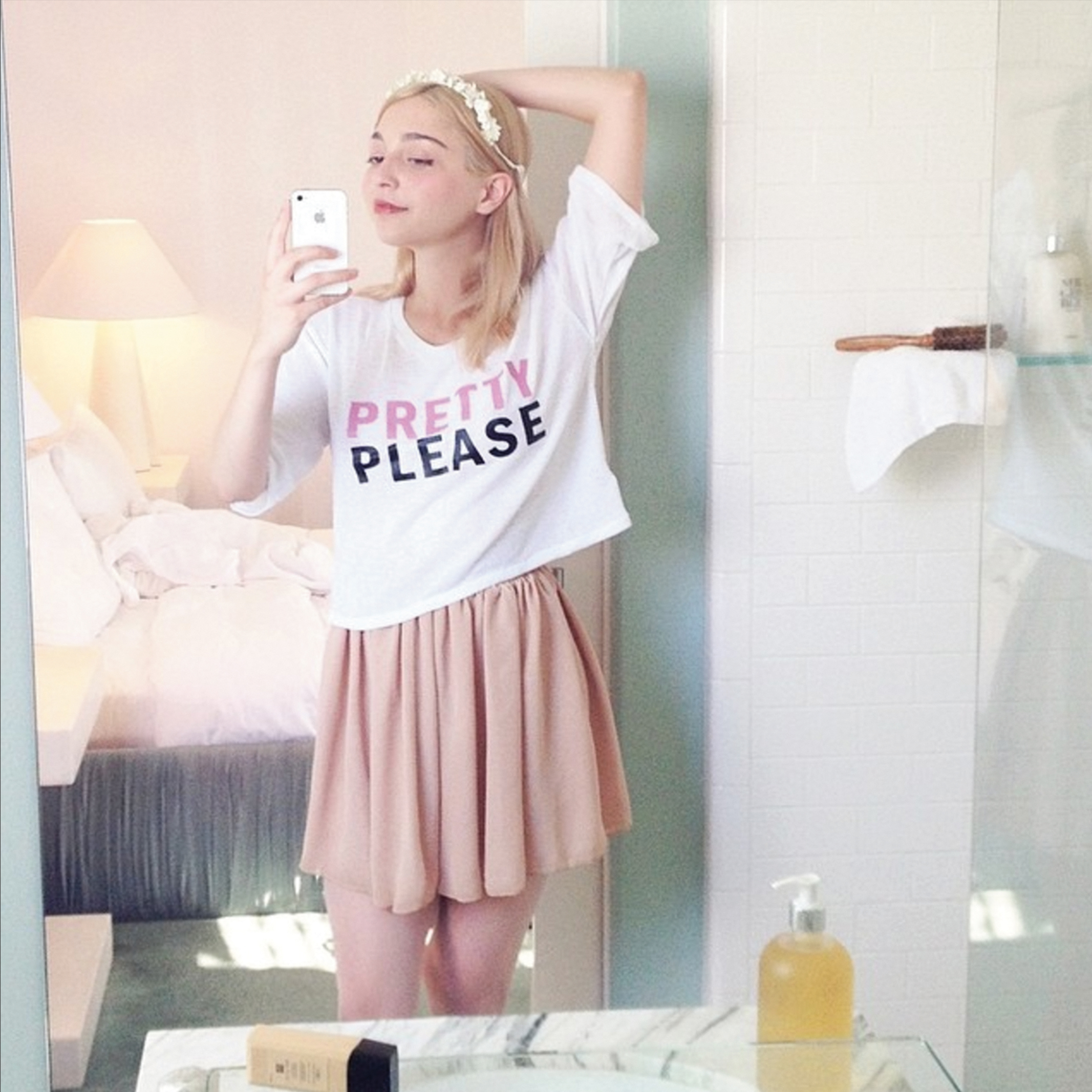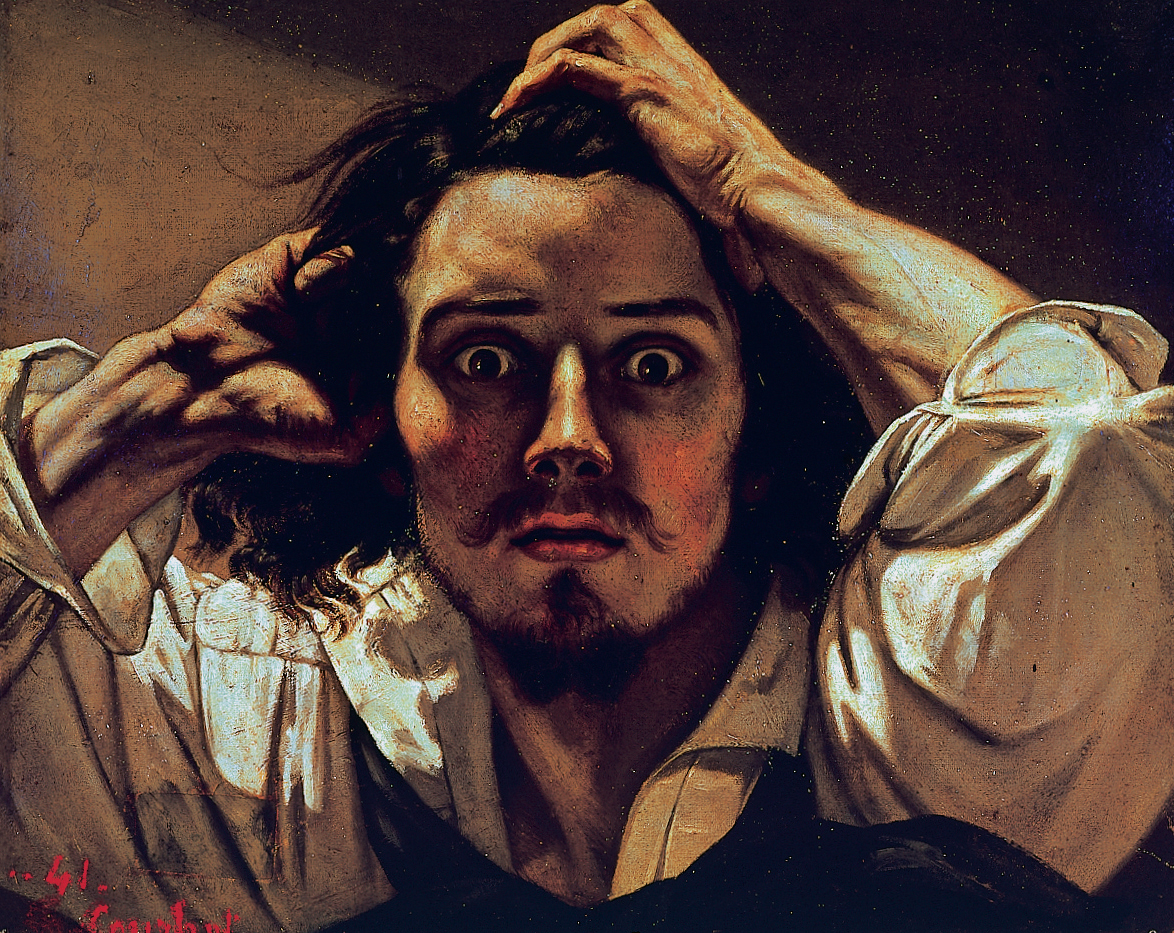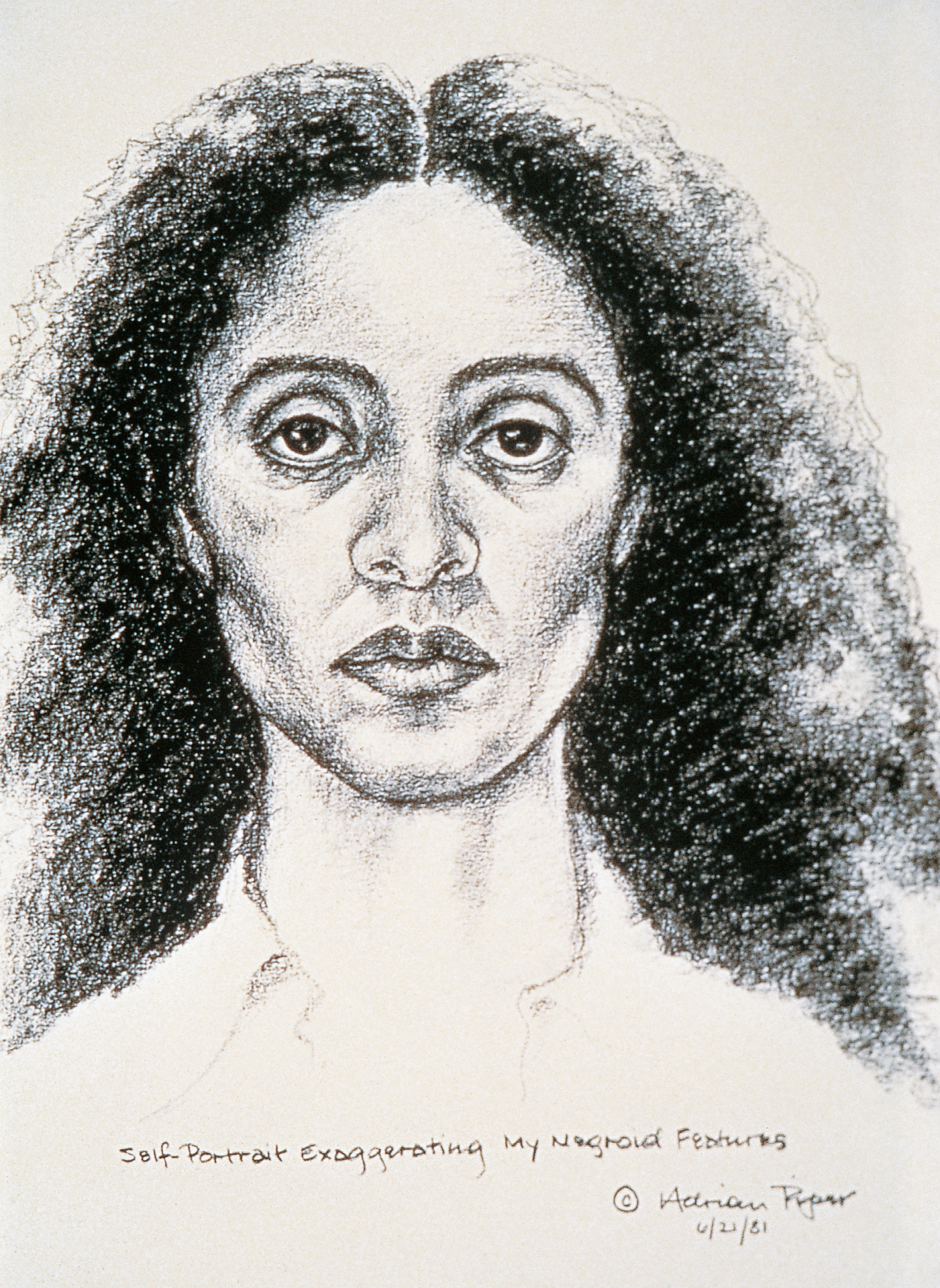

Including oneself in a line-up of impressive figures is a convenient way to bolster one’s image. Renaissance religious paintings have self-portraits slipped into their compositions: Benozzo Gozzoli in his Medici fresco, ensures recognition by adding the words OPUS BENOTII D to his hat, and Andrea Mantegna pictures himself tucked behind the main characters in the presentation of the infant Christ at the Temple. Both artists used commissions to provide a platform for their autograph image and document a desire to boost their social status. Catharina van Hemessen is thought to have invented the format of portrait painter at work, registering her age, name and the tools of the trade.
Self-portraits worked well as adverts to attract potential customers. However, as fashions in portraiture evolved and media diversified, so too attitudes changed towards the notion of what it meant to be an artist. In the nineteenth century the Romantic concept of artists expressing and contemplating their inner being emerged. Caspar David Friedrich, James Abbot McNeill Whistler, Berthe Morisot and Gwen John were all innovators in this process. Edvard Munch commented that ‘Nature is not what is visible to the eye – it shows the inner images of the soul – the image on the back side of the eyes.’ Contemporary artists remain at the forefront of the visual avant-garde and what they produce continues to question the nature of art, what it can mean and how it can look.

Paintings are unique palpable objects made with a substance that takes time to dry, whereas today our experience of images is mostly very different. Instant digital picturing is global and invades all that we do, but few of us even know how to write or decipher code. We have become locked into our own data shadows and our lives are flooded with a plethora of endless permutations. We are tracked, surveyed and routed yet we look up at the same single poetic moon at dusk and expect the inevitable natural dawn to follow it.

The image feed within the chain of code is in continual flux, as is our relationship with our own brains that morph too, as neural networks continually reshape them, thereby influencing our sentient connections with our inner selves. The brain is a work in progress. The selfie – as reflexive referent of an event or experience – does not equate to a traditional self-portrait, but it has become a self-contained sub-genre within the portrait pack. It has evolved into a type of sublimation of mass fear of mortality, emerging as a constant stream of self-reinforcement; mutating as a sea of reiterated, continuous outpouring of alternative memento mori, proving that repeating imagery can, in some sense, stave off the death of the self.
In the selfie the viewer is voyeur, producer and consumer. Intervention consists of the application of selected ‘tools’ to enhance, crop or interfere. These computerized adjustments, if made, bring the selfie closer to the ‘old-fashioned’ portrait.
Excerpted from the introduction to the new edition of 500 Self-Portraits (Phaidon 2018).
More Must-Reads From TIME
- The 100 Most Influential People of 2024
- The Revolution of Yulia Navalnaya
- 6 Compliments That Land Every Time
- What's the Deal With the Bitcoin Halving?
- If You're Dating Right Now , You're Brave: Column
- The AI That Could Heal a Divided Internet
- Fallout Is a Brilliant Model for the Future of Video Game Adaptations
- Want Weekly Recs on What to Watch, Read, and More? Sign Up for Worth Your Time
Contact us at letters@time.com